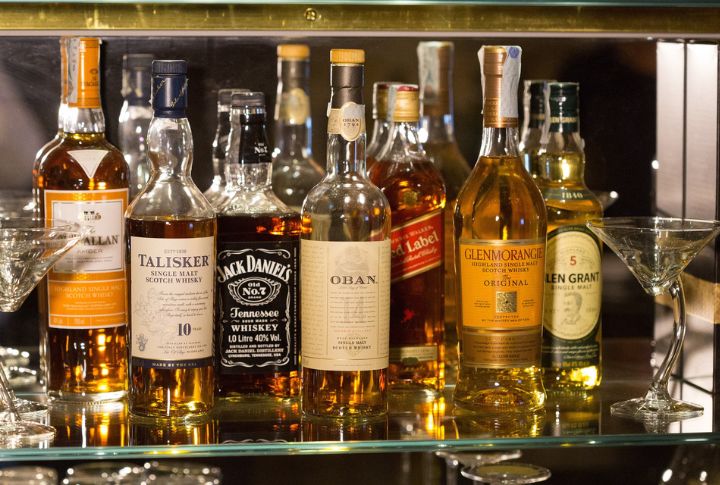
Whiskey, a spirit steeped in tradition and enjoyed for centuries, also carries its fair share of misconceptions. From how to drink it to what makes it suitable, these myths can cloud the appreciation of this complex beverage. Let’s raise a glass to set the record straight.
Age Always Equals Quality
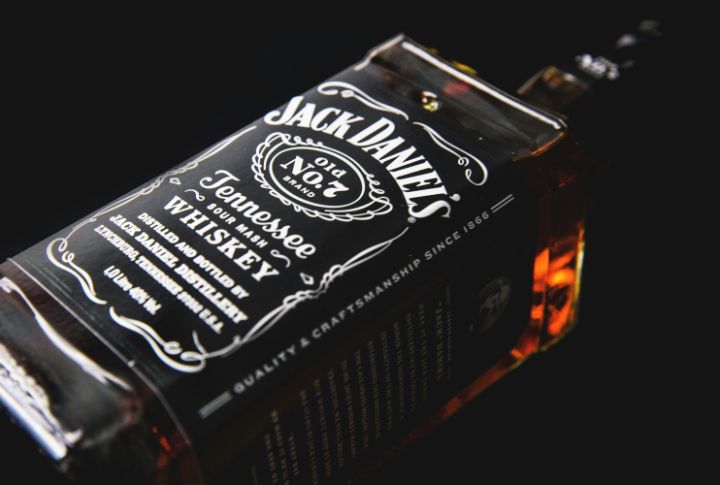
While extended aging can concentrate flavors and smooth out harsh notes, ancient whiskey isn’t always superior. For example, Pappy Van Winkle’s 23-year-old wheated bourbon boasts immense prestige due to its rarity, but some palates might find its profile overpowering compared to a well-crafted 10-year-old bourbon.
Darker Color Means Bolder Flavor
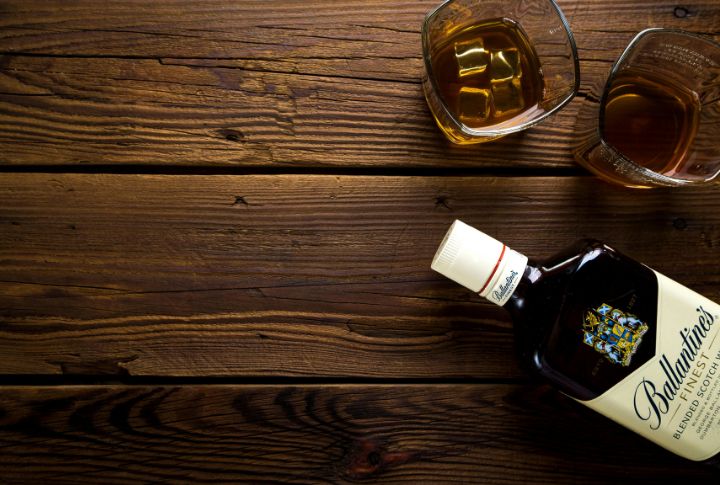
Color in whiskey primarily comes from the cask it’s aged in. Heavily charred barrels, like those used for some Irish whiskeys, can impart a deep amber hue without necessarily translating to intense flavor. Conversely, a pale Speyside single malt like The Macallan 12-Year Sherry Oak can surprise you with its rich, dried fruit notes.
Single Malts Reign Supreme

Blended whiskeys, like Johnnie Walker Black Label, are often considered lesser cousins to single malts. However, skilled master blenders combine various whiskeys to create a harmonious and complex drinking experience. Don’t underestimate the artistry behind a great blend!
Neat is the Only Way
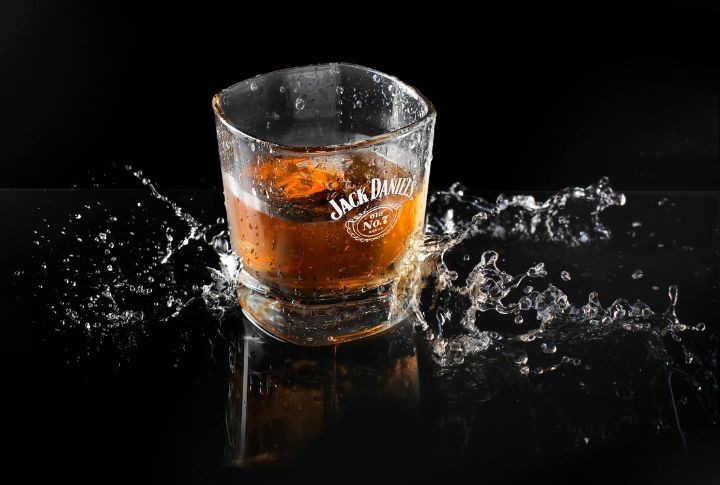
Not all whiskeys demand a neat pour to appreciate their complexity. A splash of water or a touch of ice can elevate the experience. Water unlocks hidden aromas and subtle flavors, while ice provides a welcome chill that makes the whiskey more approachable for those new to the liquor.
Spicy Food Kills Whiskey Flavor
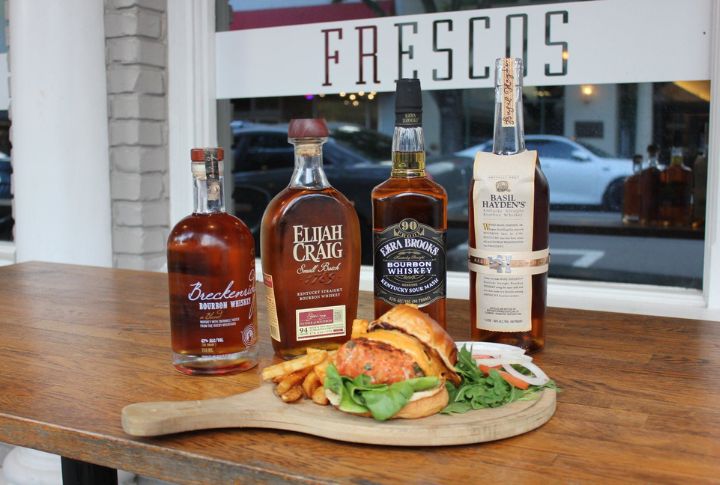
Spicy food can temporarily numb your taste buds but doesn’t erase the whiskey’s flavor profile entirely. In fact, some pairings can be quite delightful. Smoky Islay single malts, like Laphroaig 10 Year, complement the heat of chili with their peaty notes, while a sweeter bourbon like Maker’s Mark can stand up to the richness of barbecue sauce.
Whiskey is gluten-free
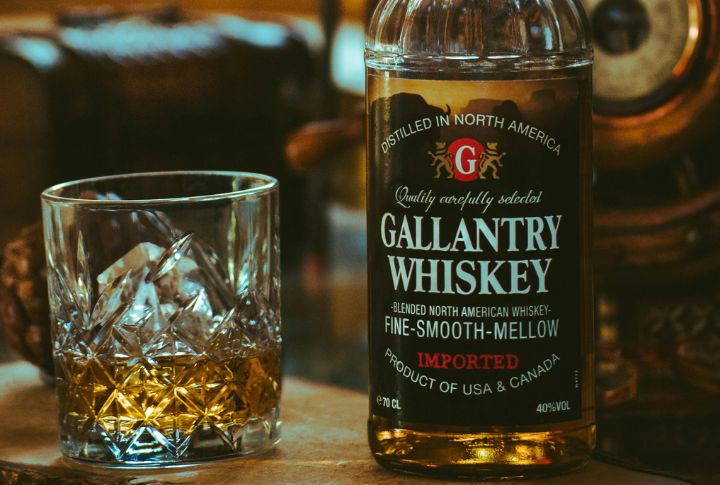
While the distillation process removes most gluten proteins, whiskey is not inherently gluten-free. Trace amounts may remain, posing a risk to those with acute gluten intolerance or celiac disease. Exercise caution when imbibing, and consult your healthcare provider if you have concerns.
Whiskey is Unhealthy
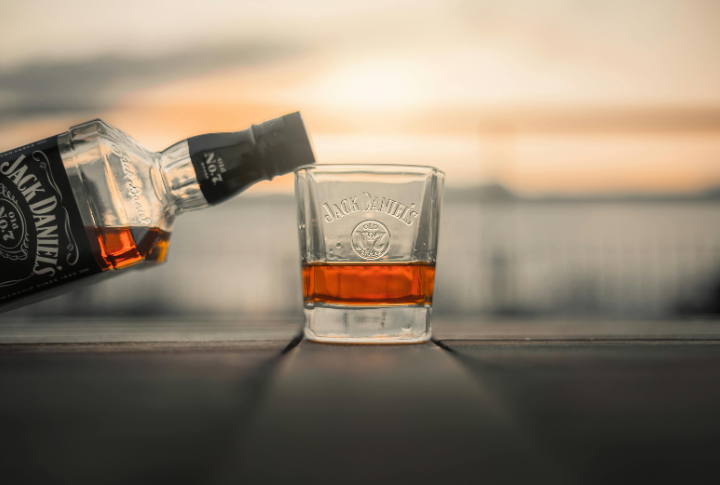
Like any alcoholic beverage, whiskey should be consumed in moderation. However, studies suggest responsible whiskey consumption might offer some health benefits, like enhanced heart health and reduced risk of type 2 diabetes.
All Scotch Must Be Peaty

Scotch whisky encompasses a vast range of flavors. While Islay single malts are known for their peaty smokiness, Speyside malts like Glenfiddich offer a more delicate and floral profile. Highland single malts, like Dalwhinnie, often showcase honey and heather notes.
Irish Whiskey is Always Light
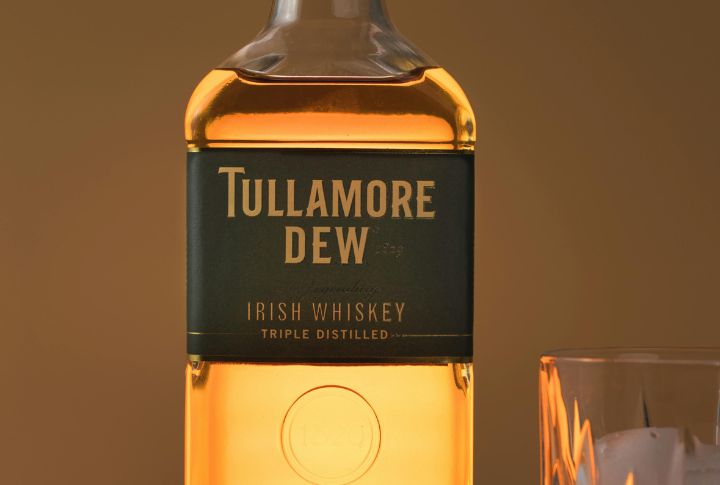
Irish whiskey, known for its triple distillation, can vary in character. Classic blends like Jameson offer a smooth and approachable profile, while single malts like Teeling Single Malt showcase a maltier depth. Some Irish whiskeys are even matured in ex-sherry casks, like Tyrconnell 10-Year Single Malt, for a richer taste.
Canadian Whisky Lacks Character
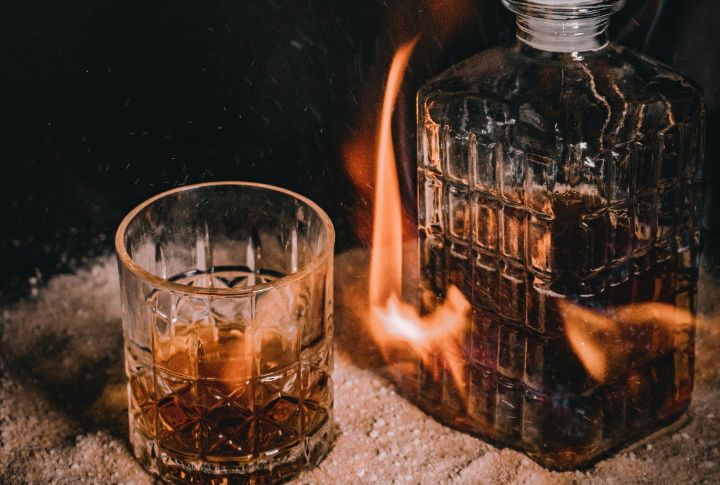
Canadian whisky, often blended with rye grain, can be surprisingly versatile. Crown Royal offers a balanced and easy-drinking experience, while rye-forward Canadian whiskies like Lot No. 40 pack a spicy punch. Aged Canadian whiskies, like Canadian Club Sherry Cask, reveal unexpected depth and complexity.
You Can’t Make Cocktails with Whiskey
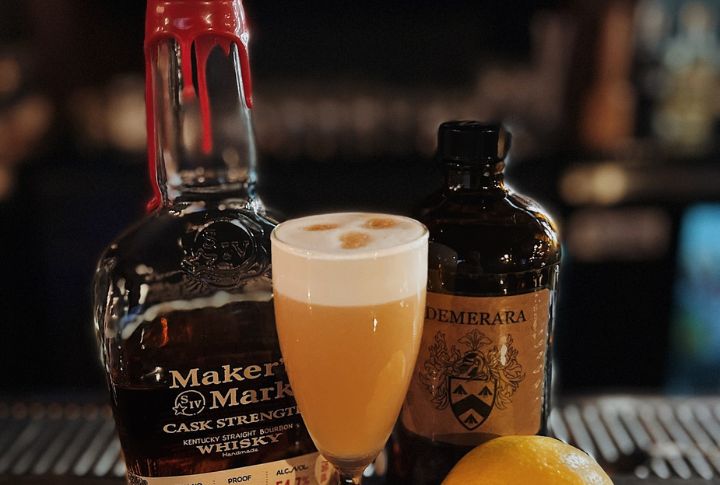
Never say never. Whiskey forms the base for some of the world’s most iconic cocktails. The Old Fashioned, a timeless classic, combines whiskey with sugar, bitters, and a citrus twist. The Manhattan blends whiskey with sweet vermouth and bitters– indeed a sophisticated choice.
Storing Whiskey Open Ruins It

While extended exposure to air can dull the whiskey’s vibrancy, a partially filled bottle won’t go bad overnight. Proper storage in a cool, dark place with a good cork is ideal, but an open bottle for a few months is still delightful.
Whiskey Needs to Be Chilled

Room temperature is generally considered the optimal serving temperature for most whiskeys. Chilling can mute some subtle flavors, while ice can dilute the alcohol. Experiment to find your preference, but avoid serving whiskey excessively cold.
Expensive Whiskey is Always Better
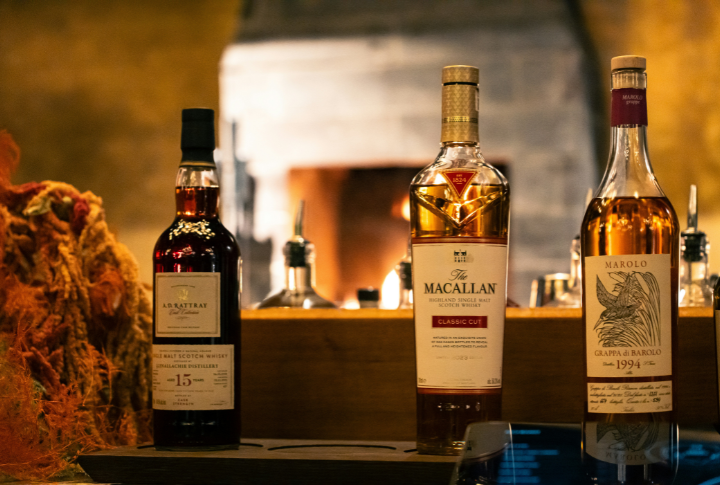
Price doesn’t always guarantee exceptional quality. Explore lesser-known brands and hidden gems—you might discover a fantastic whiskey without a hefty price tag. Focus on exploring different styles and finding what resonates with your palate.
Whiskey is only for cold weather

Whiskey’s versatility knows no seasonal boundaries. While a dram of smoky Islay Scotch like Laphroaig can be a comforting companion on a chilly evening, whiskey’s refreshing and complex flavors can be equally enjoyed during warmer months, whether neat, with ice, or in a refreshing cocktail.
